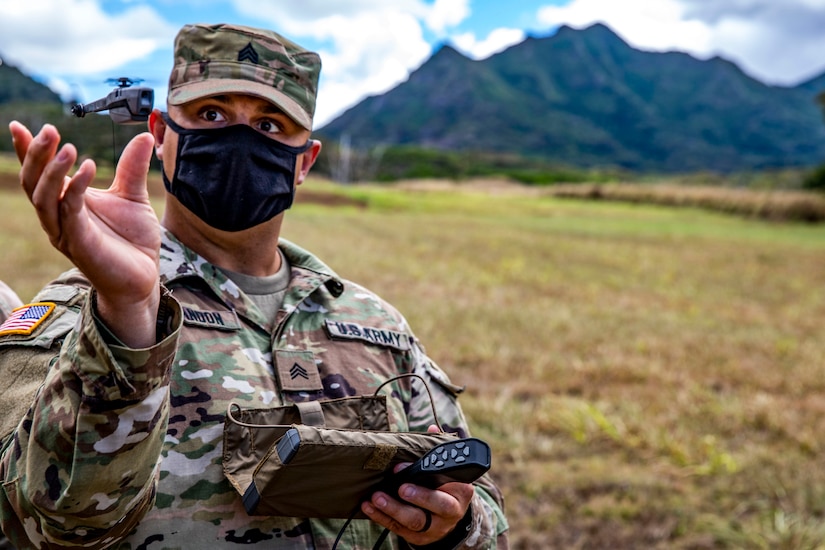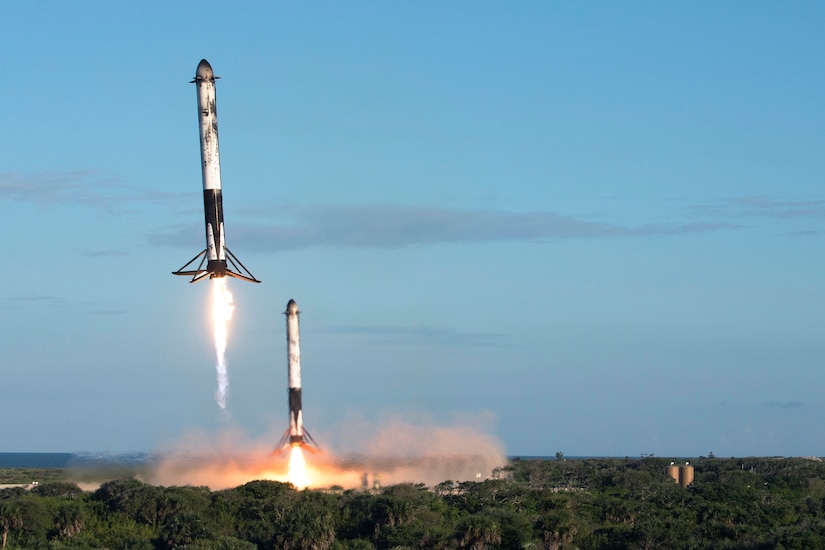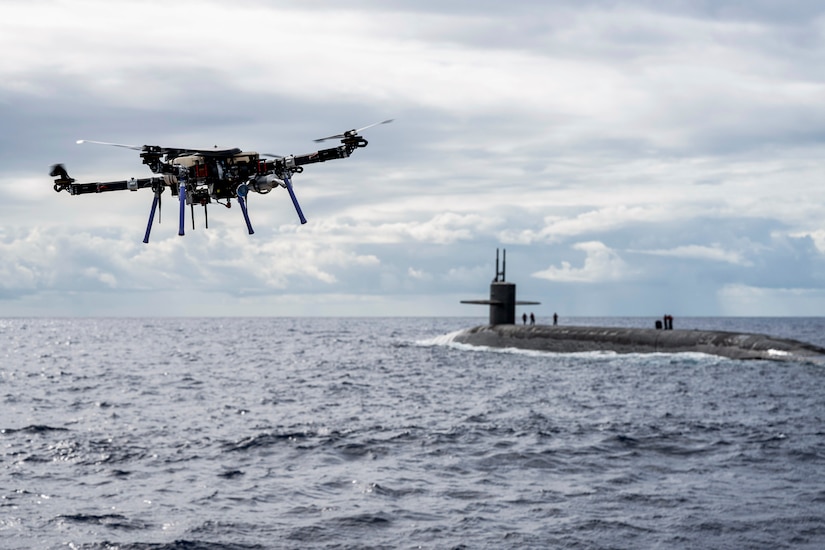Oct. 22, 2020 |
To achieve our National Defense Strategy goals, the Defense Department must increase the pace by which critical technologies are integrated into the force. According to officials with the Director of Defense Research and Engineering (Advanced Capabilities) and Joint Staff, Joint Force Integration Cell, the Deputy Director for Engineering, in the Office of the Under Secretary of Defense for Research and Engineering, is working with stakeholders from the Joint Staff and services to implement mission engineering methodologies to facilitate technology integration aligned with future Joint Force needs.

Where systems engineering helps "build things right," ME ensures we are "building the right things." ME, as defined in the forthcoming DoD Mission Engineering Guide being released by R&E, is "the deliberate planning, analyzing, organizing, and integrating of current and emerging operational and system capabilities to achieve desired warfighting mission effects." The officials said ME analyzes systems and systems of systems in an operational mission context to evaluate capability solutions, advise on the development of requirements and inform technology investment decisions.
Officials added that R&E is currently involved in various activities aligned to the National Defense Strategy modernization areas and in support of the Joint Staff. R&E's ME framework focuses on desired activities and effects rather than the current pipeline of programs and systems, using mission capability as the measuring stick to make it easier to decide on technology investments. It provides a systematic method to analyze, communicate, and compare joint warfighting concepts. It starts by defining and inputting the activities, assumptions, dependencies, threats and gaps within a concept's "mission area" future scenario. Then, using metrics and other indicators, it examines mission threads and effects-chains to quantify improvement and expose gaps between current and future technologies through tradeoff analysis.

The R&E is working with the Joint Staff and other stakeholders to apply this methodology to help guide the Joint Warfighting Concept (JWC), said the officials. The JWC's supporting concepts are emerging, threat-informed constructs to codify globally integrated operations encompassing all-domain maneuver warfare — supported by leading-edge concepts in command and control, joint fires, information assurance and contested logistics — enhanced by integrated capabilities in space, cyber, and electromagnetic spectrum dominance. By setting the JWC in a common analytical framework, it can validate (or invalidate) assumptions and untangle complex and intertwined dependencies. Mission blueprints and enterprise architectures are the products that capture these dependencies, future constructs, and performance needs.
Additionally, R&E co-chairs the Joint All Domain Command Control (JADC2) Research and Engineering/Reference Architecture Working Group. R&E, in coordination with J6, is conducting ME to apply analytical and technical rigor in a mission context to identify JADC2 capabilities and requirements and inform investment decisions for research and development initiatives. The results will support the development of the JADC2 reference architecture which provides the foundation to connect distributed sensors, shooters and data across all domains to all forces, the officials added.

ME products are already making a significant impact by providing data-driven "mission blueprints," as well as government reference architectures that help decision makers ensure research, technology and programs converge in the proper timeframes. The officials said that applied to JADC2, FNC3 and other technical focus areas, the R&E's principal directors for modernization can apply ME to guide the maturation of capabilities that deliver the highest mission efficacy and mission return on investment.
The officials said to face the challenges of this century, and give U.S. warfighters the technological edge they need to effectively confront near-peer competitors, the Defense Department must embrace a new approach to joint capability modernization. ME and related tools like the ME Framework will help instill engineering rigor into the technology and acquisition pipelines, with the promise of keeping U.S. forces relevant and dominant in the rapidly evolving battlespace of the coming decades.






No comments:
Post a Comment